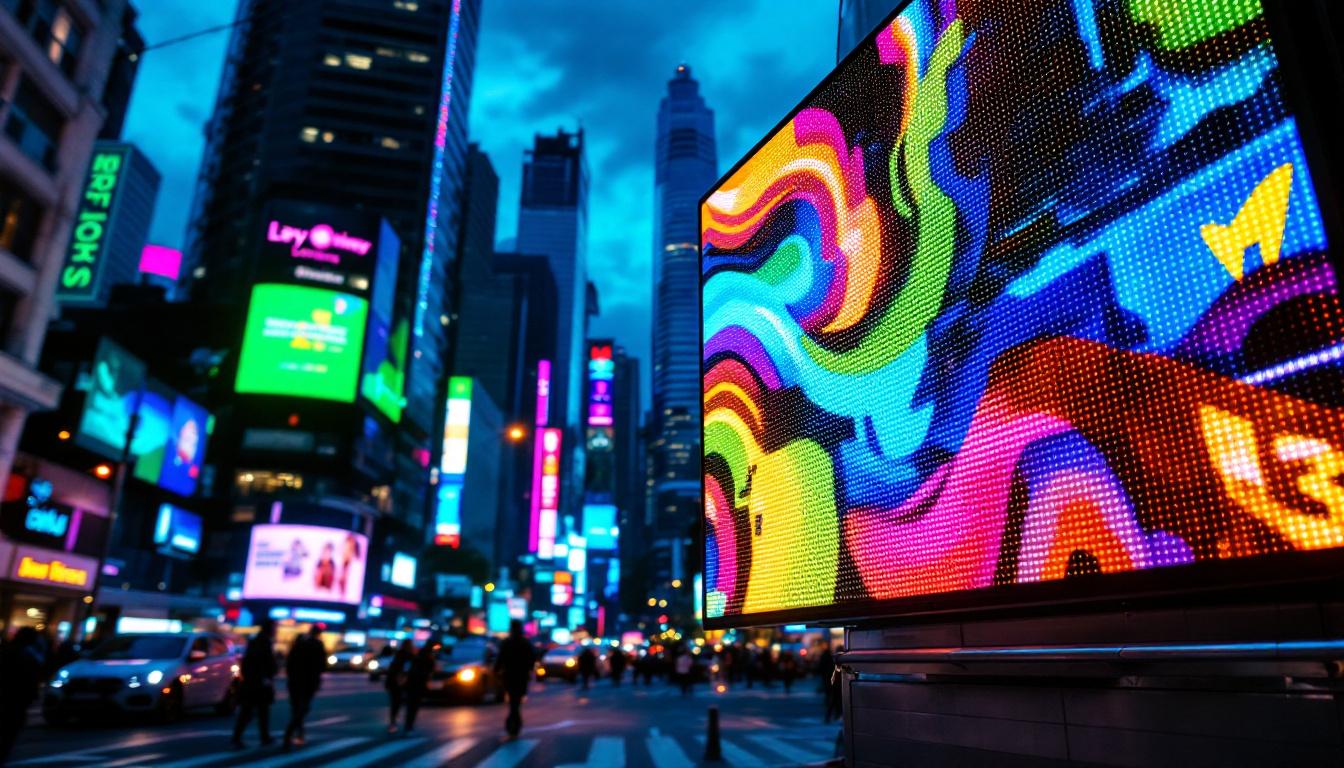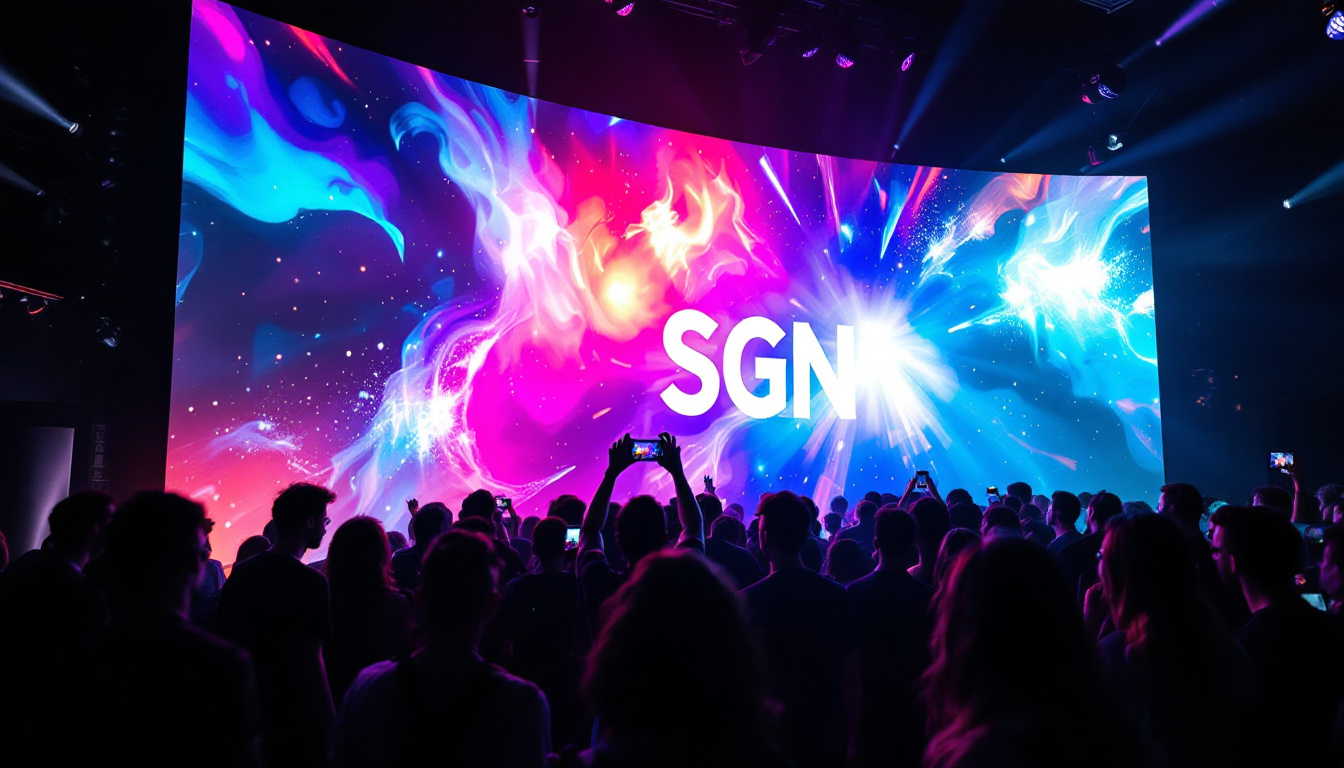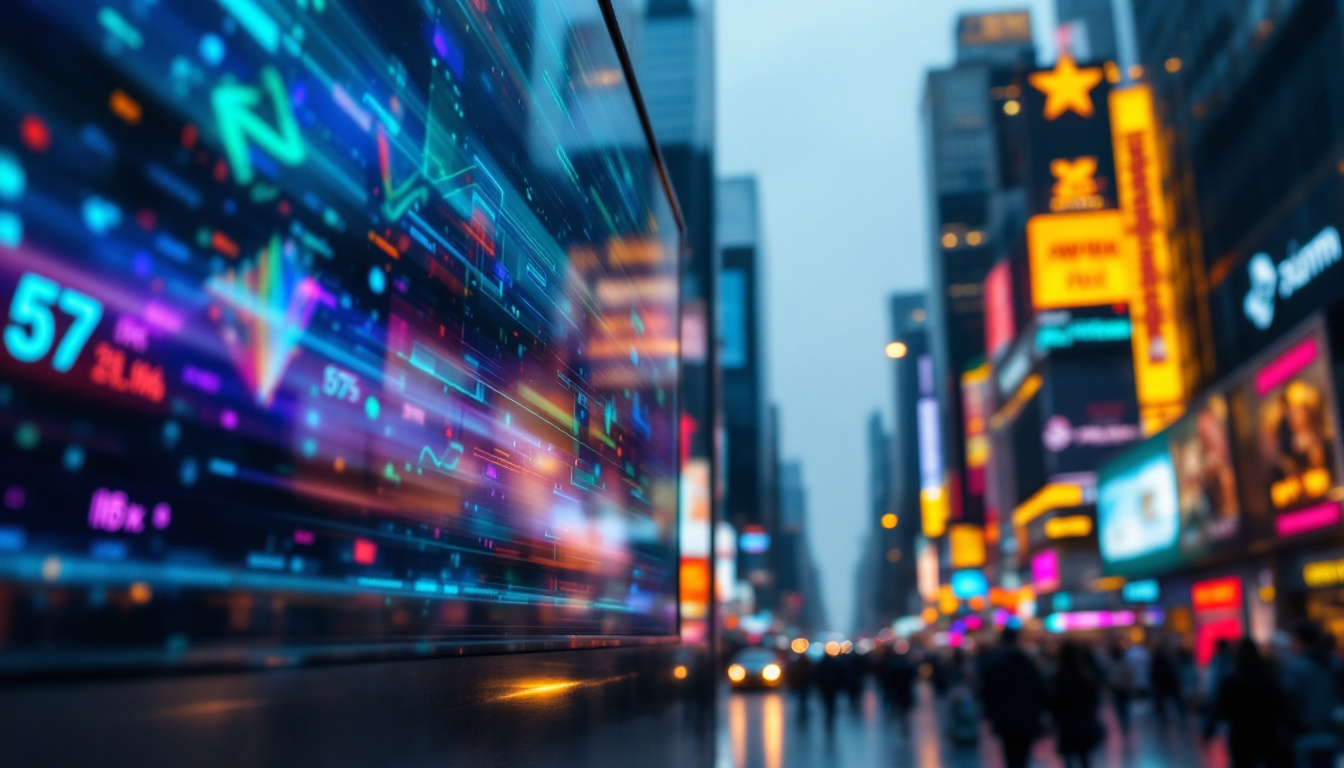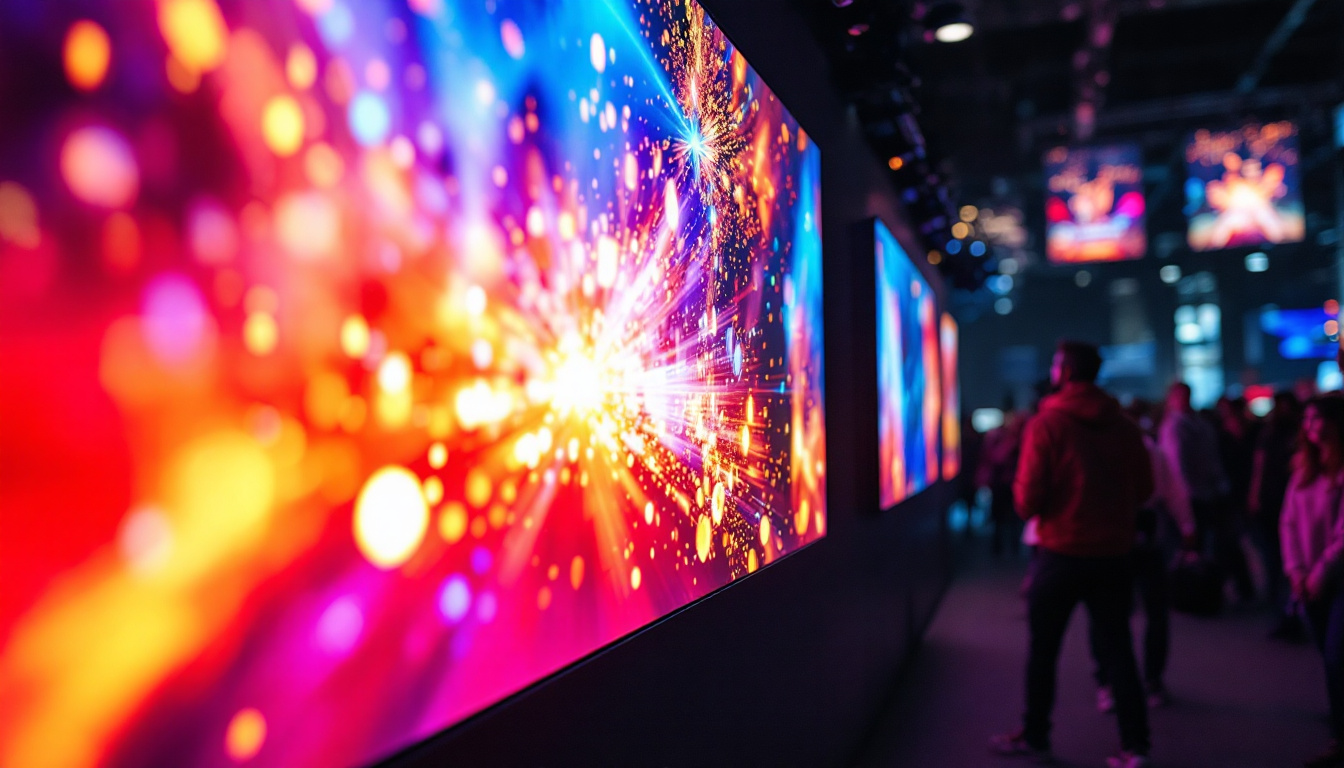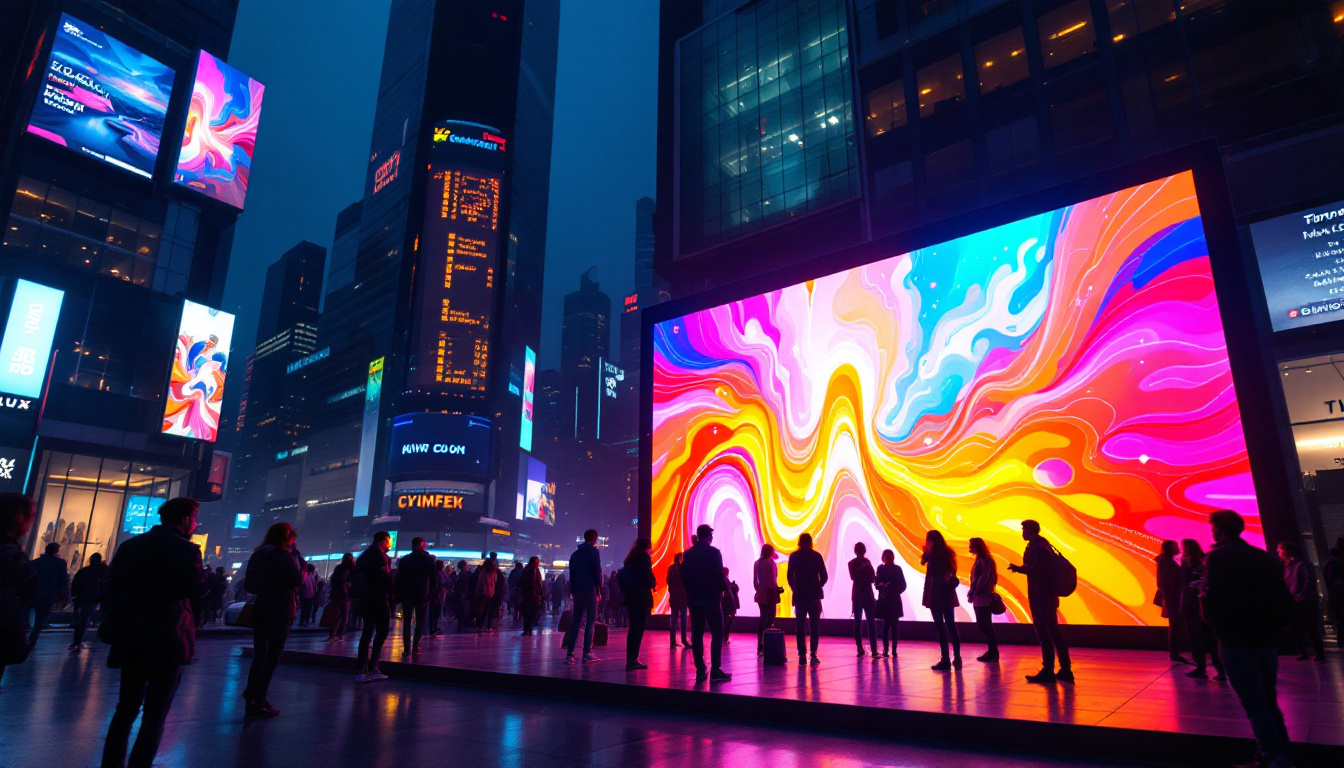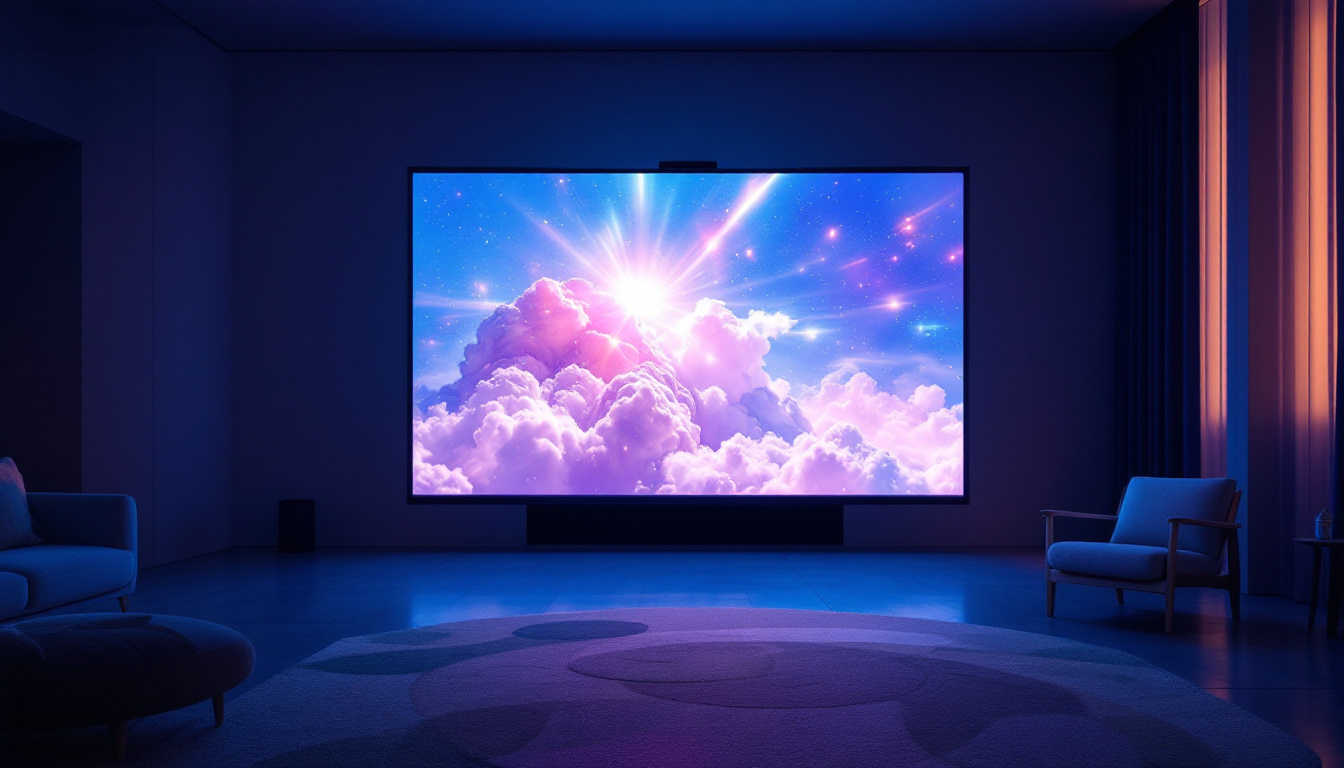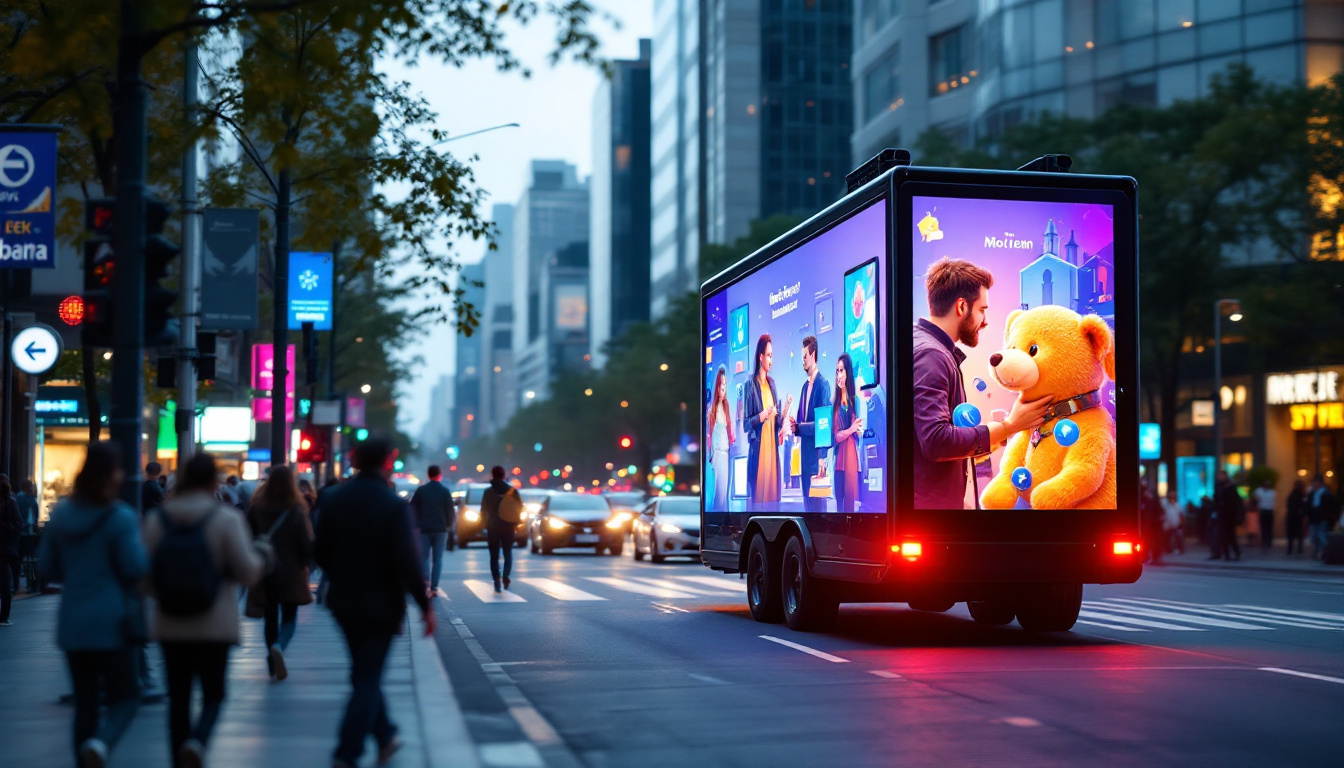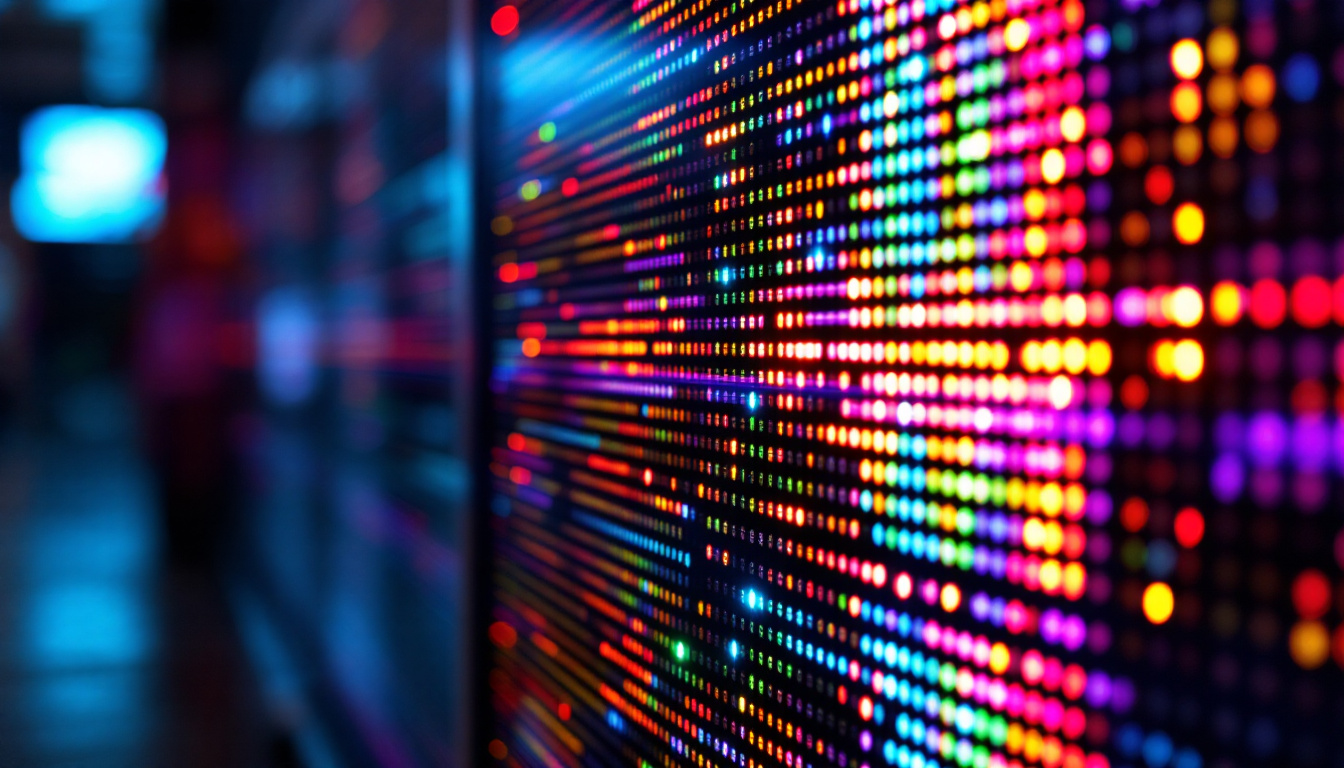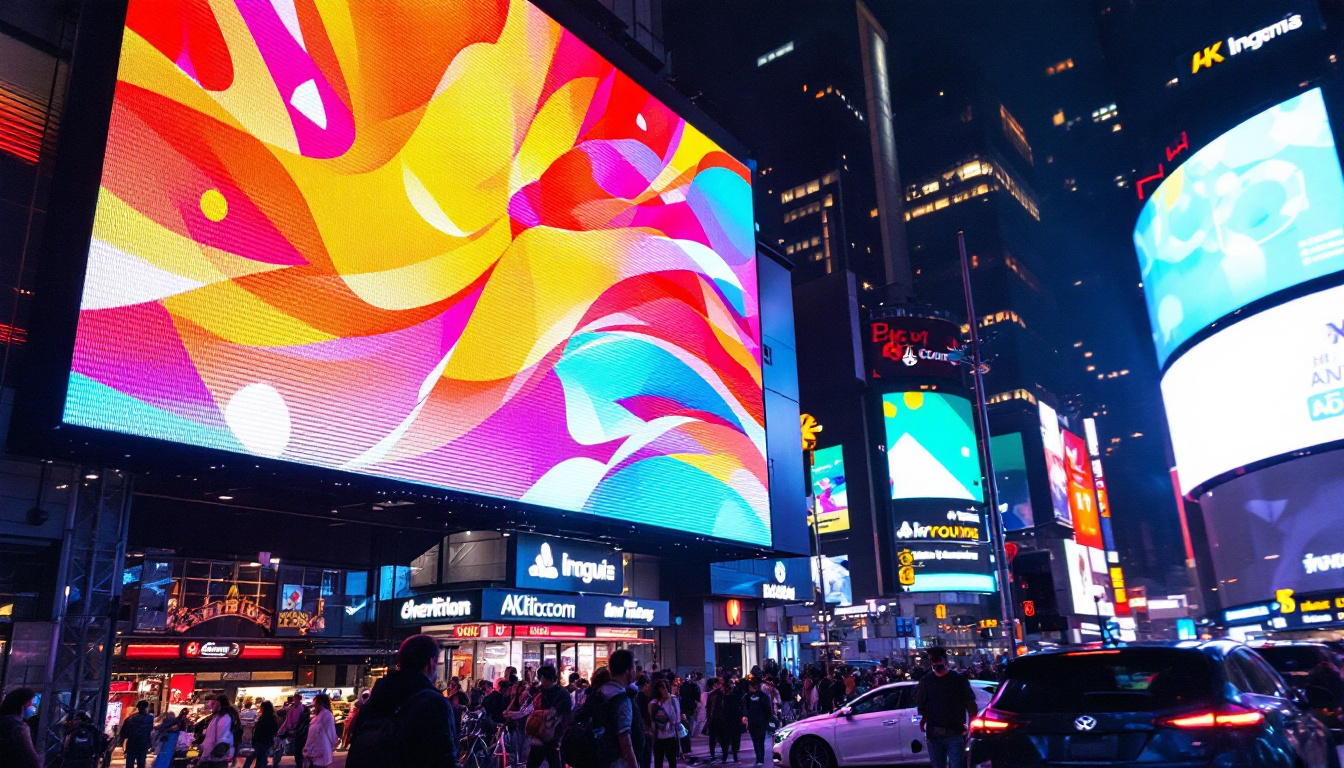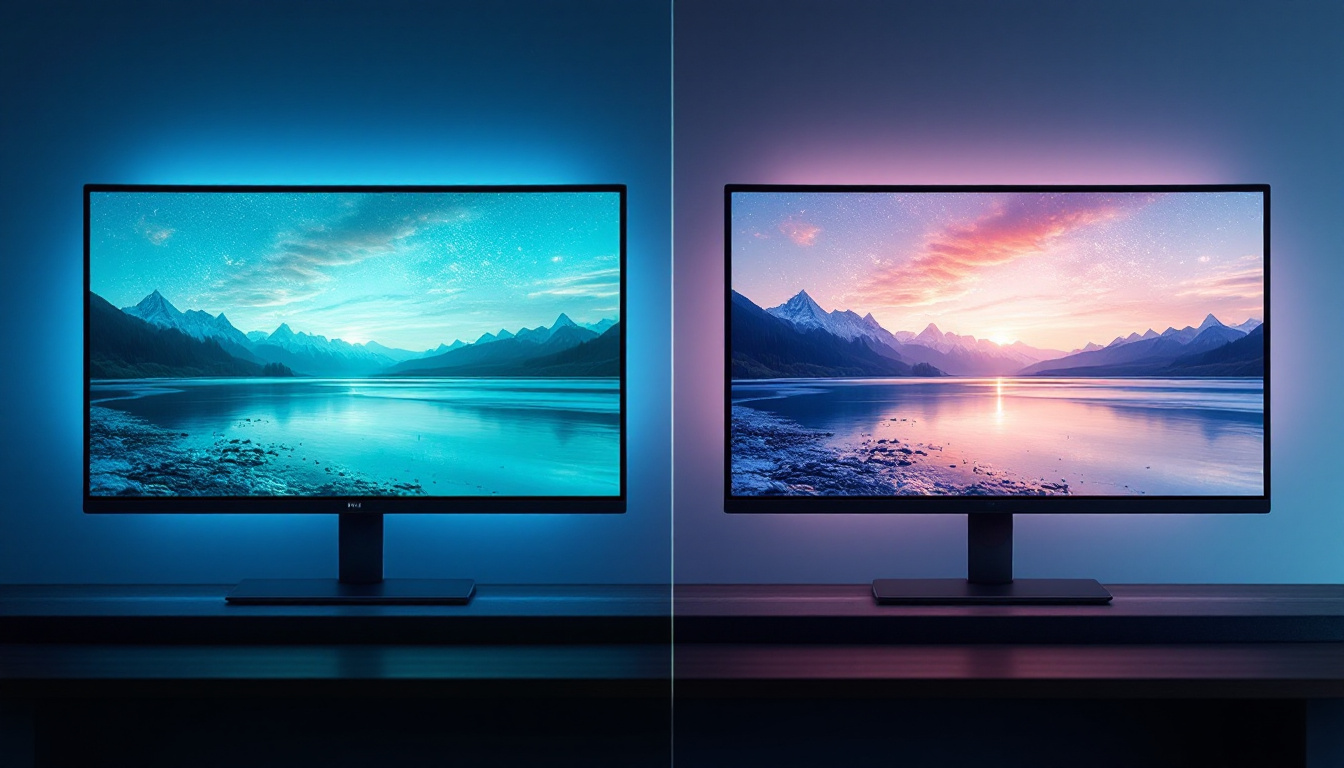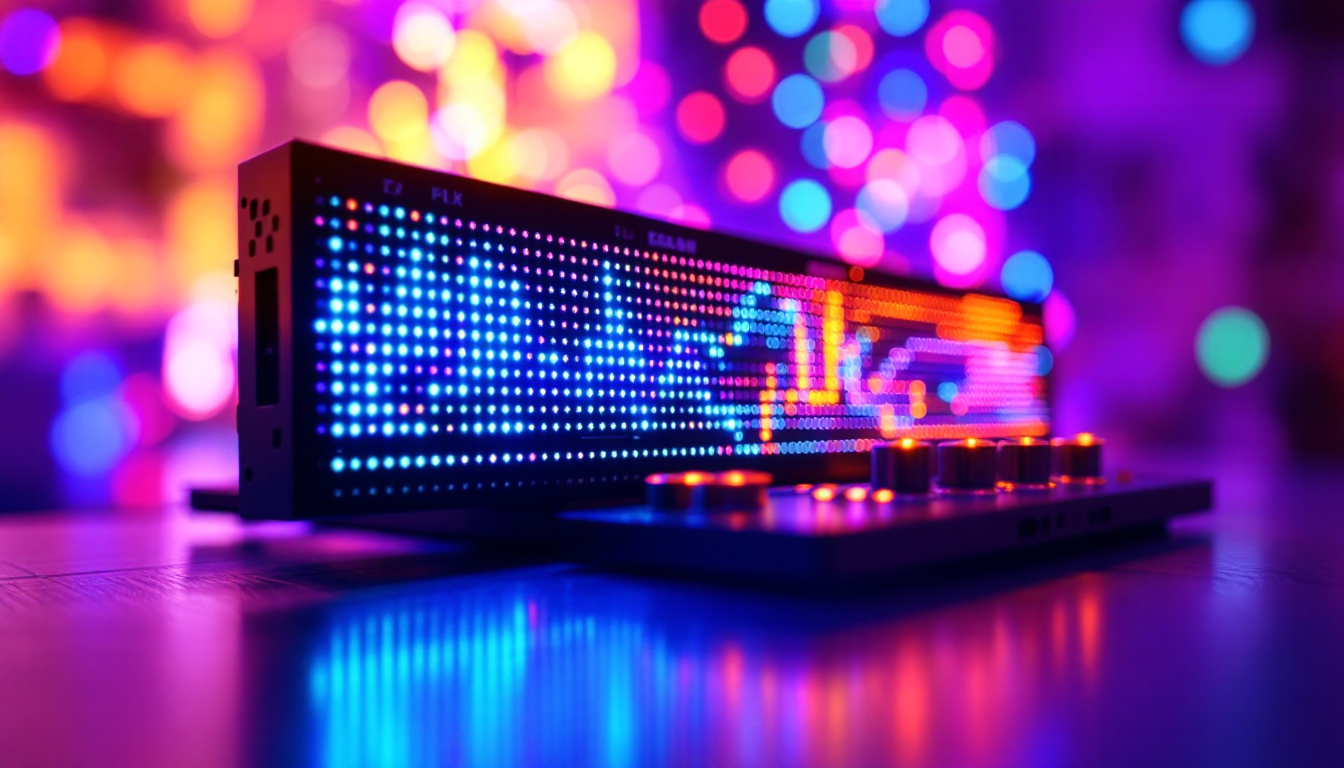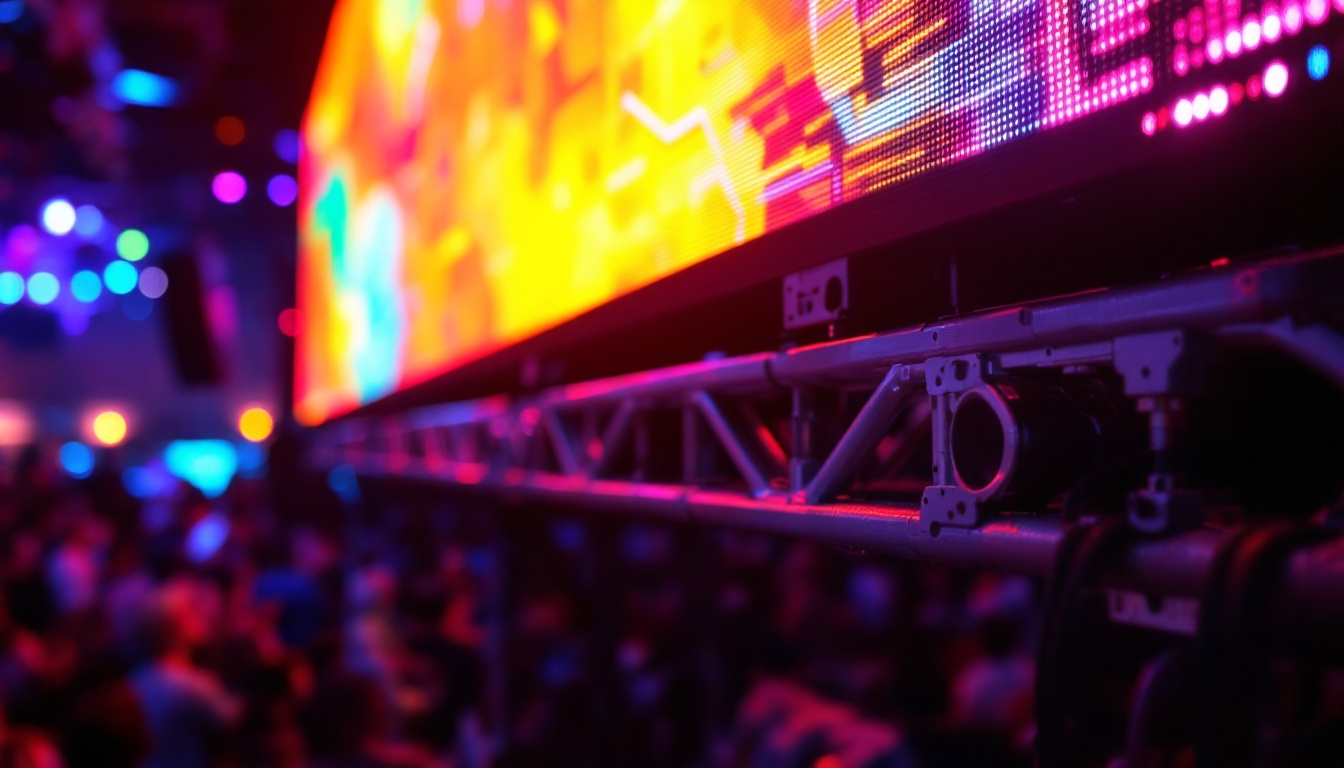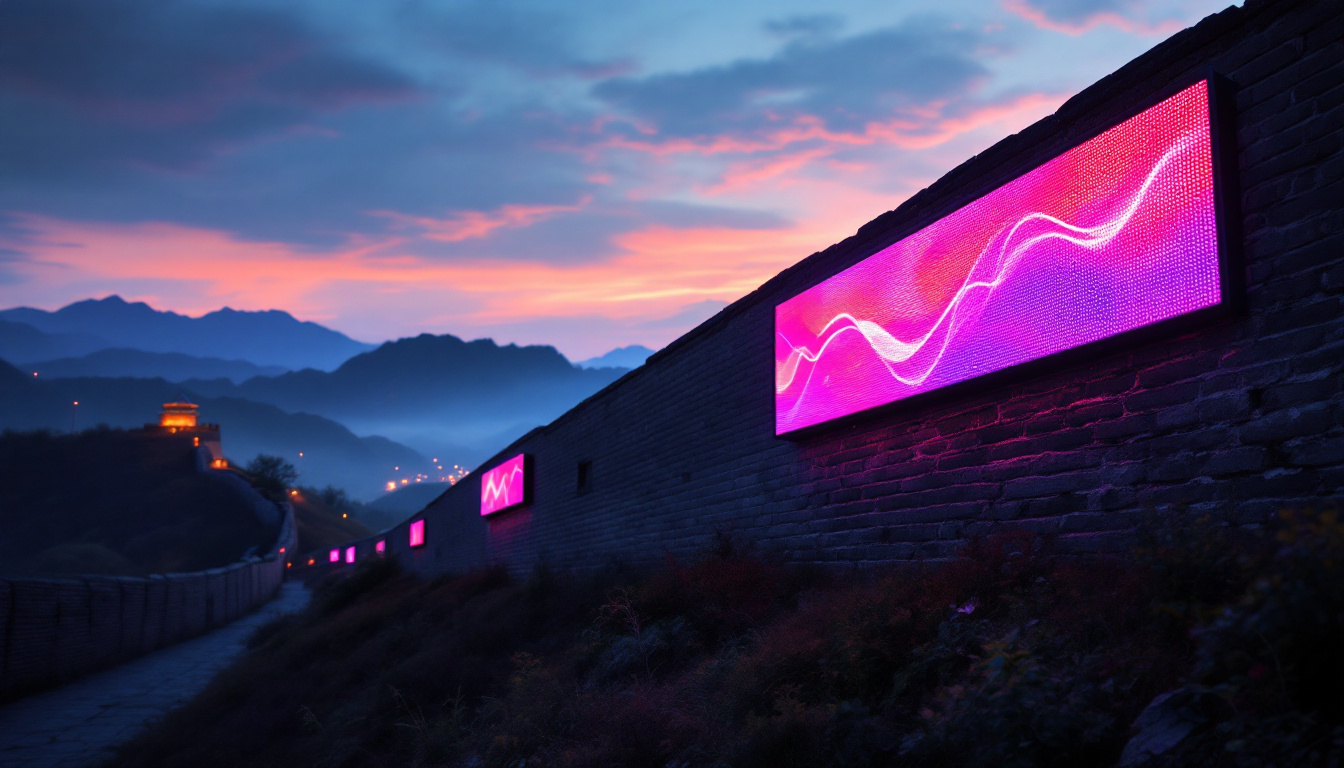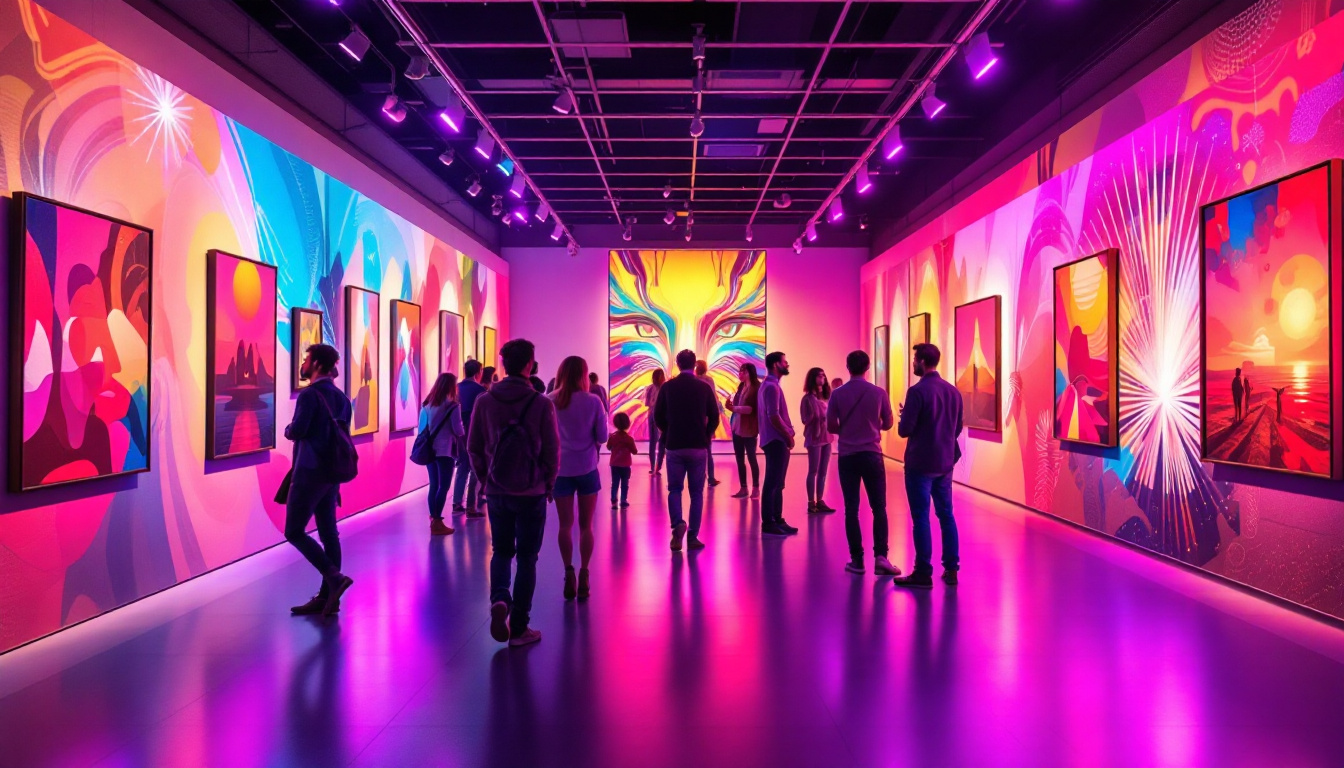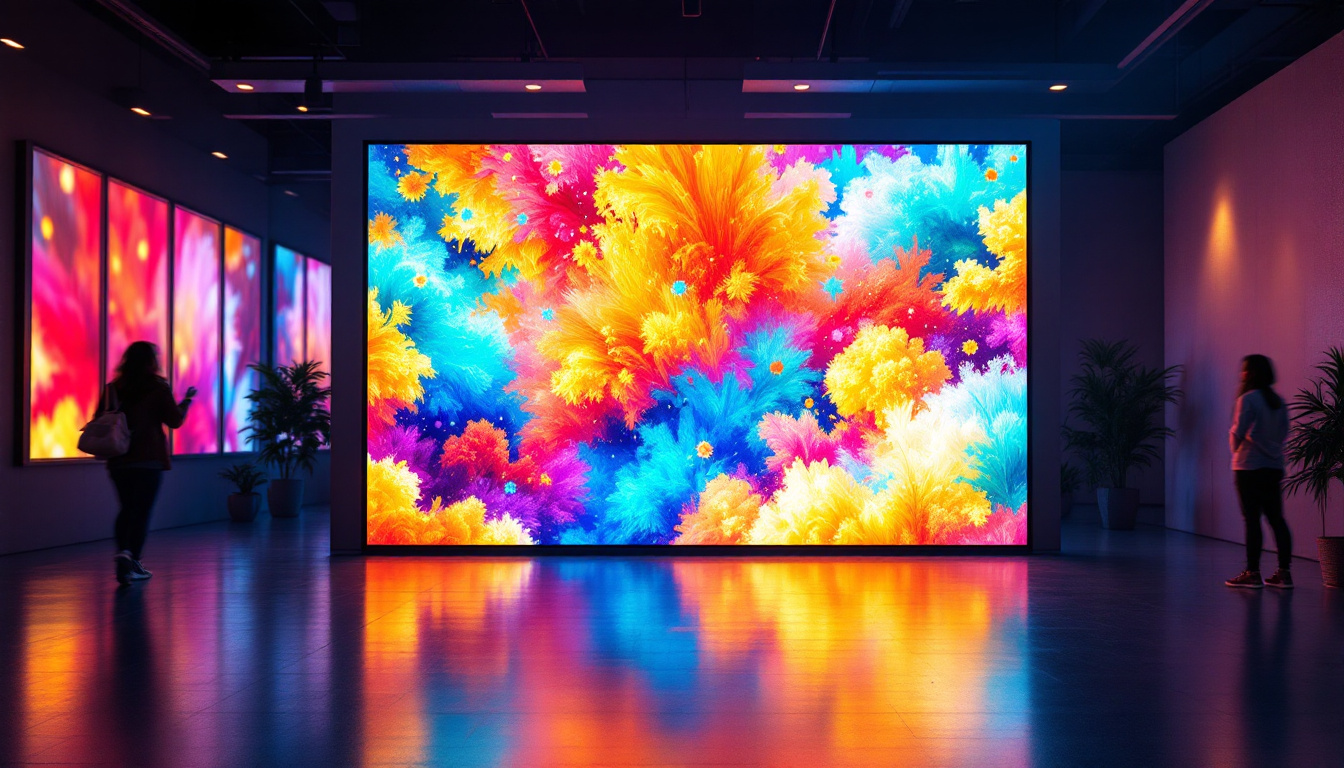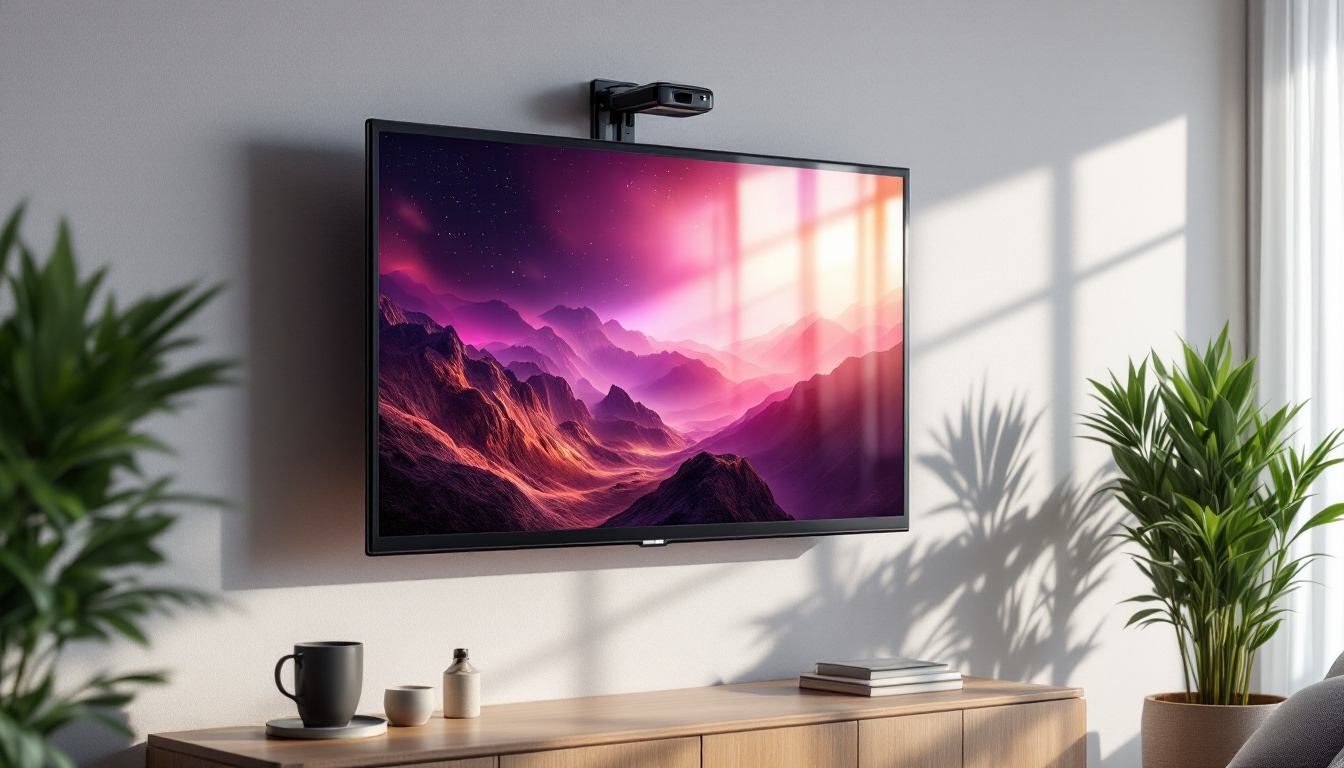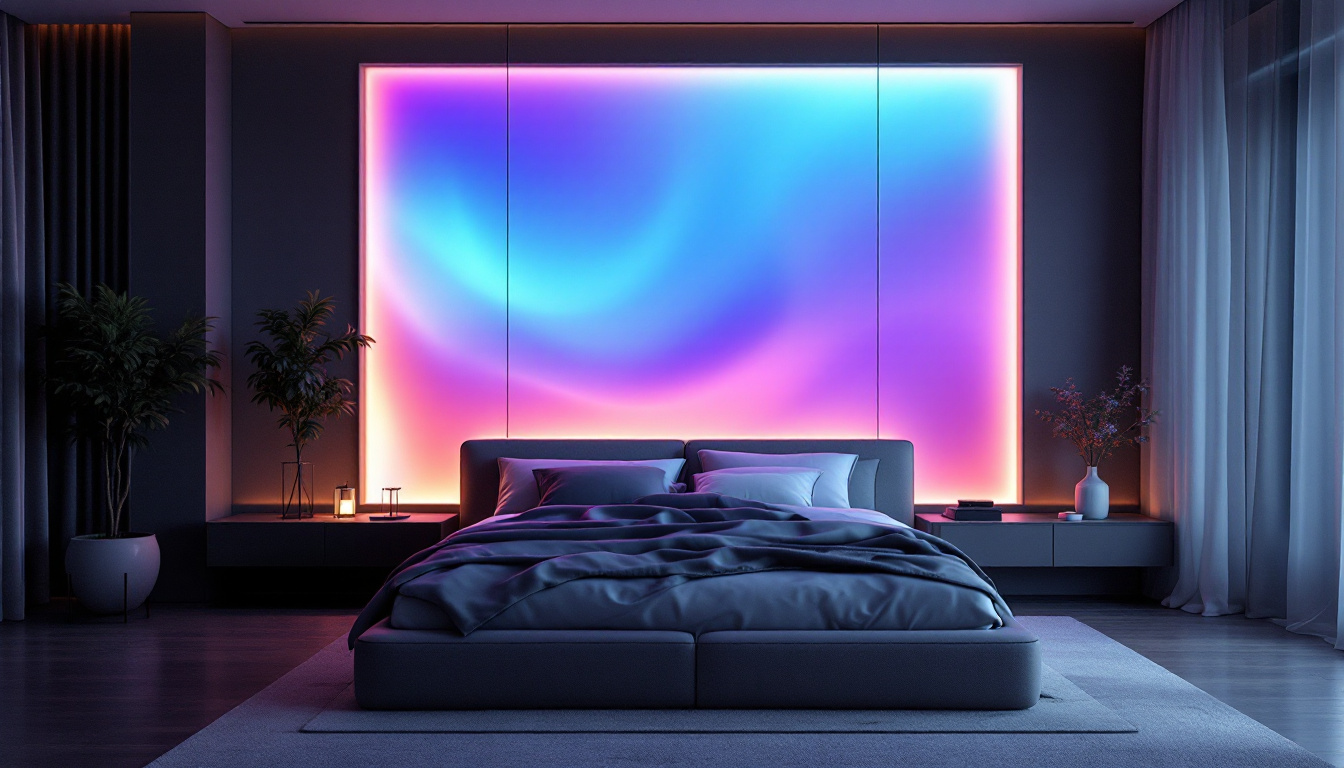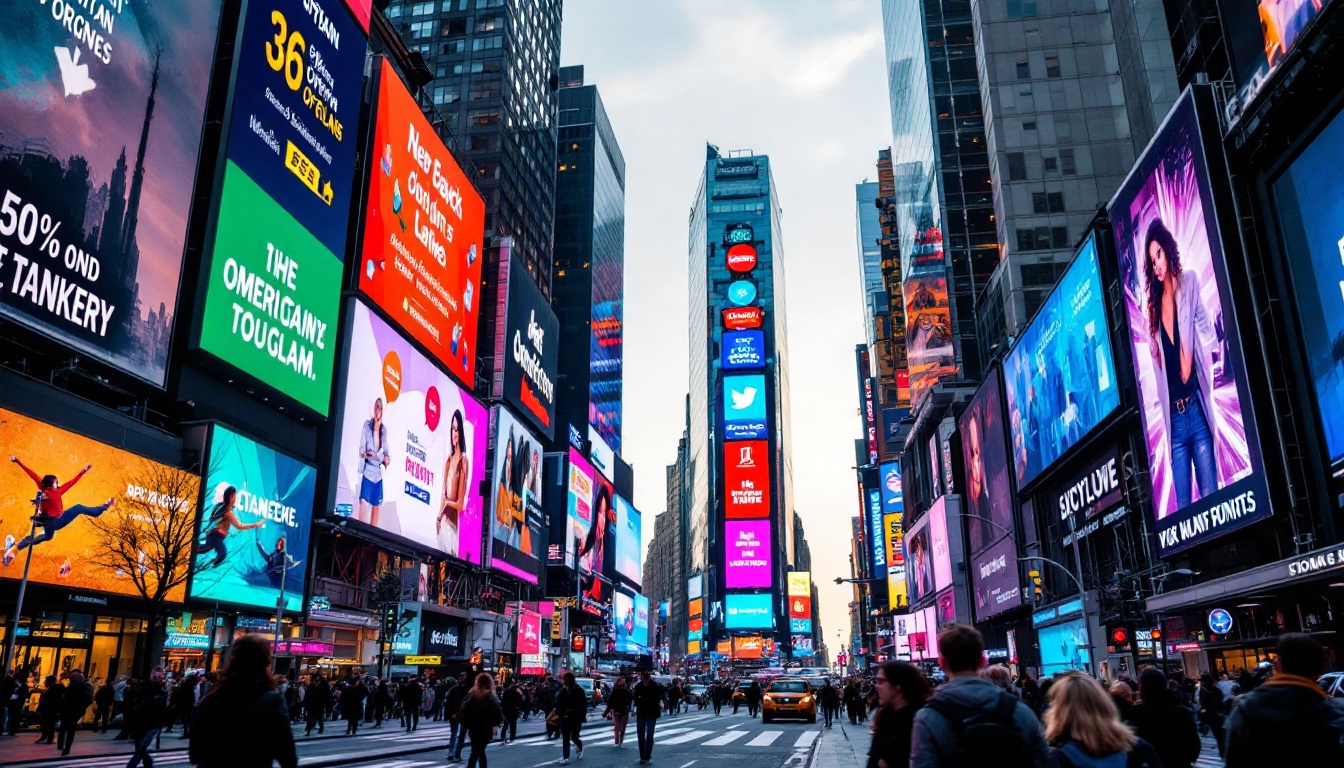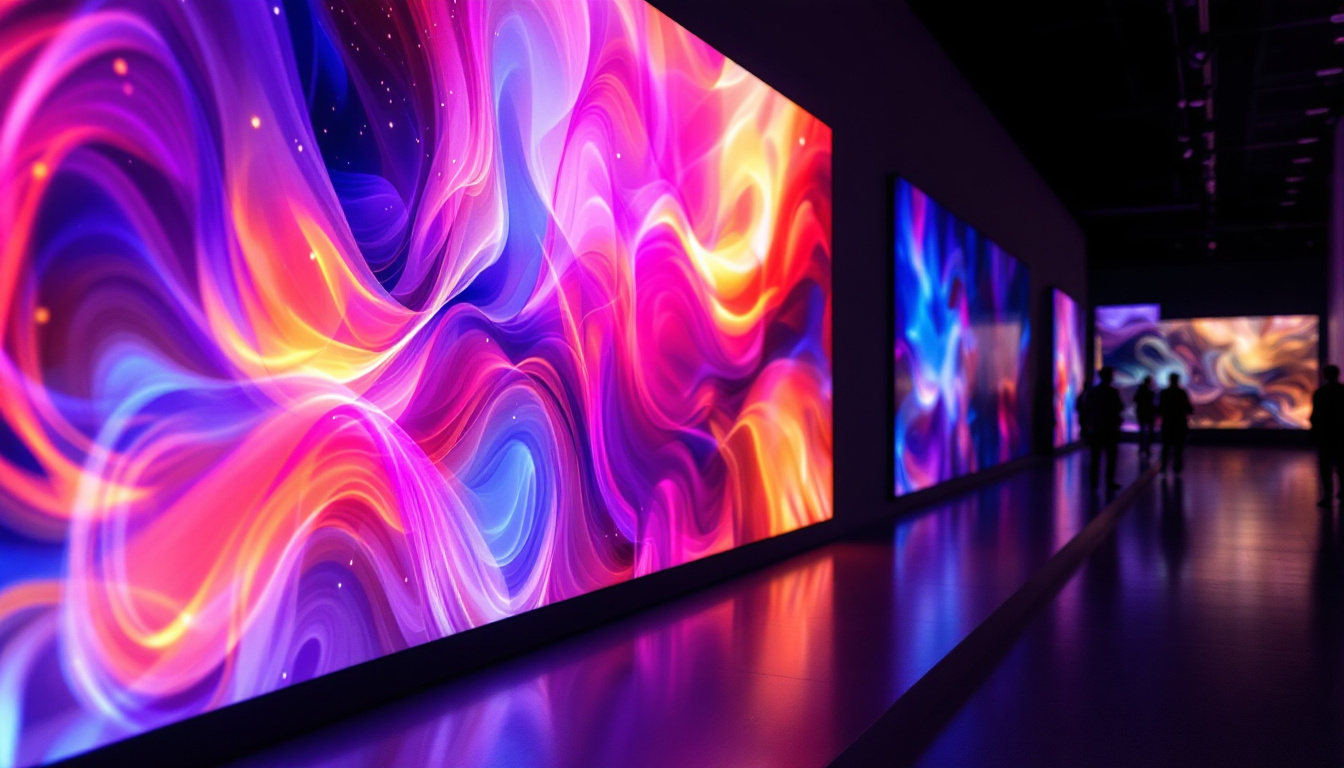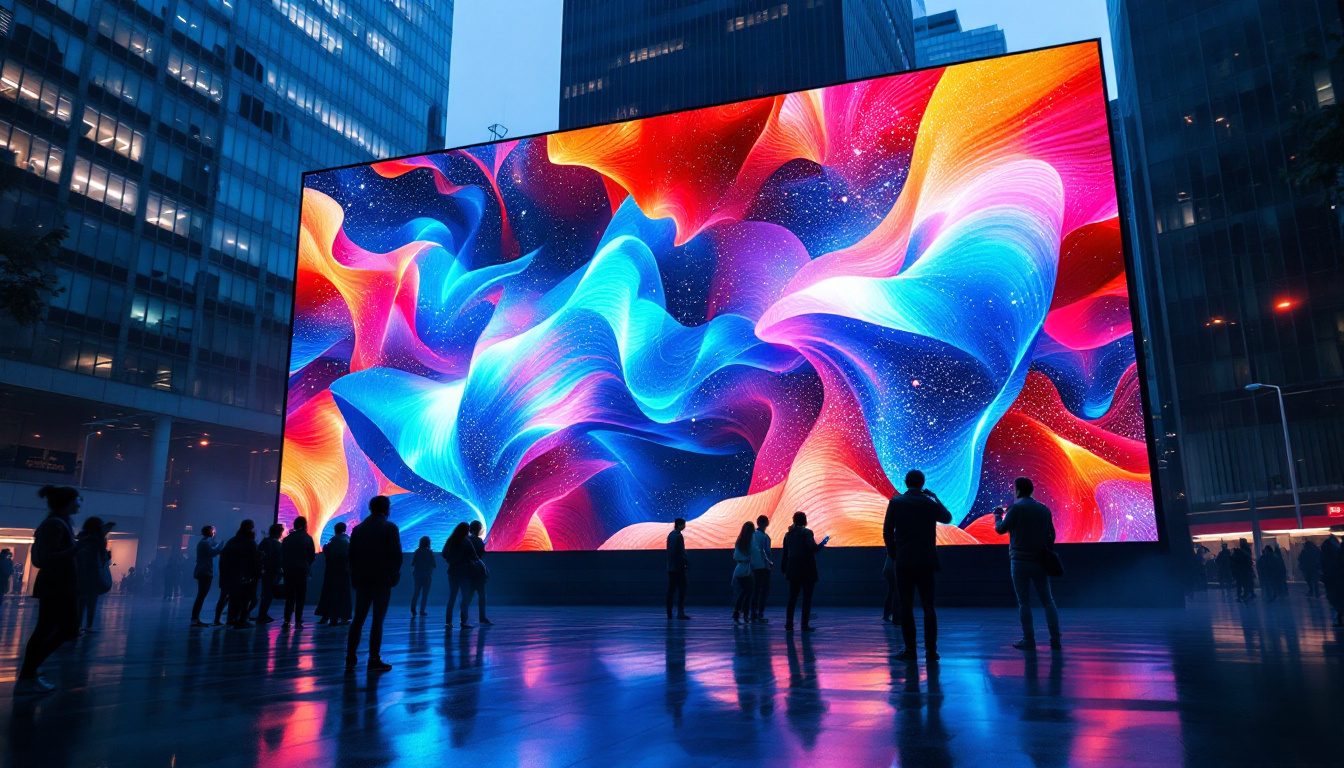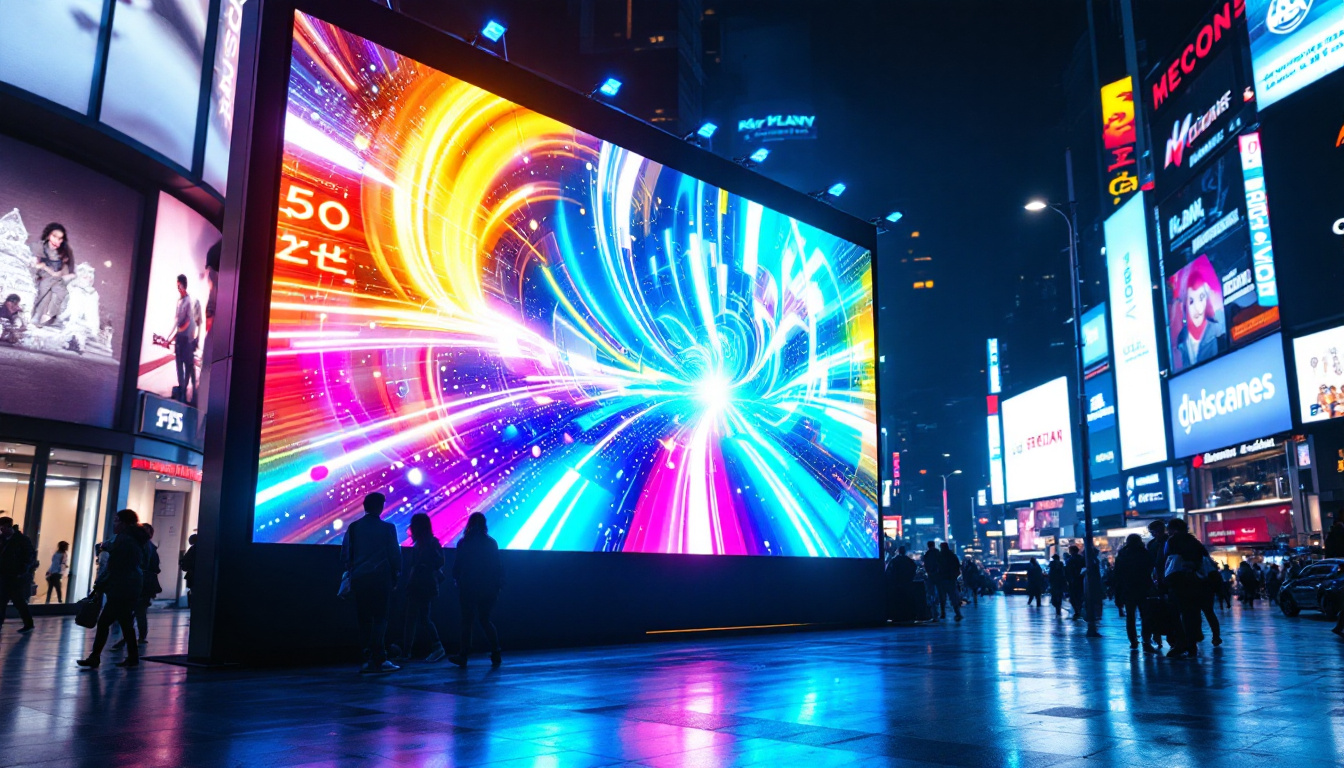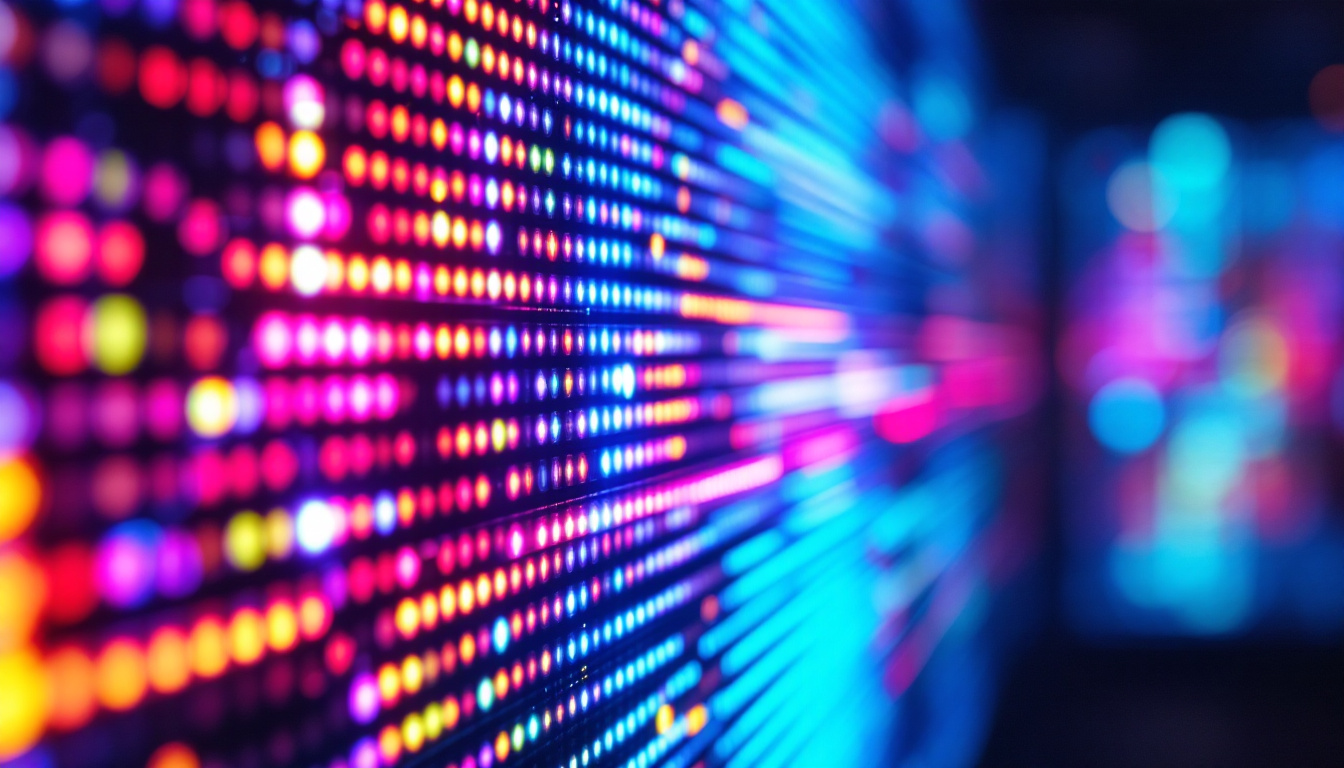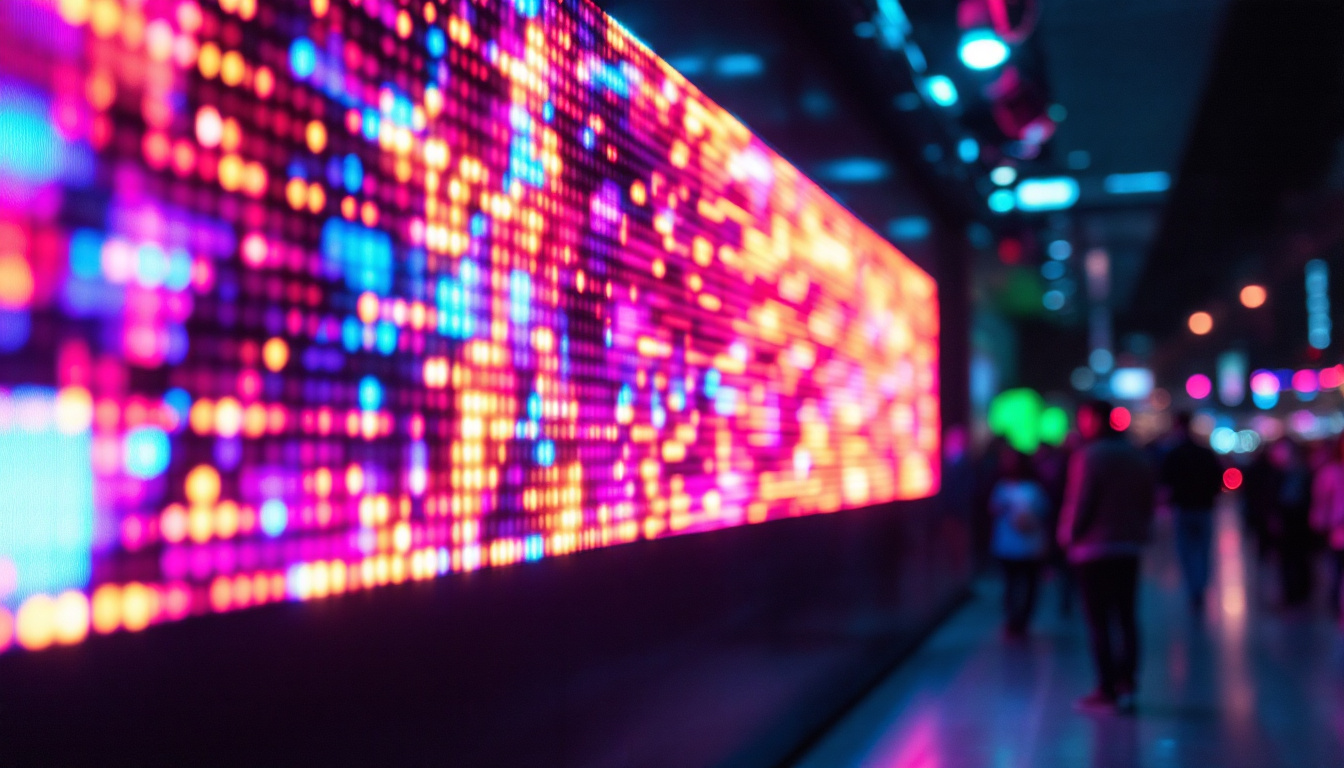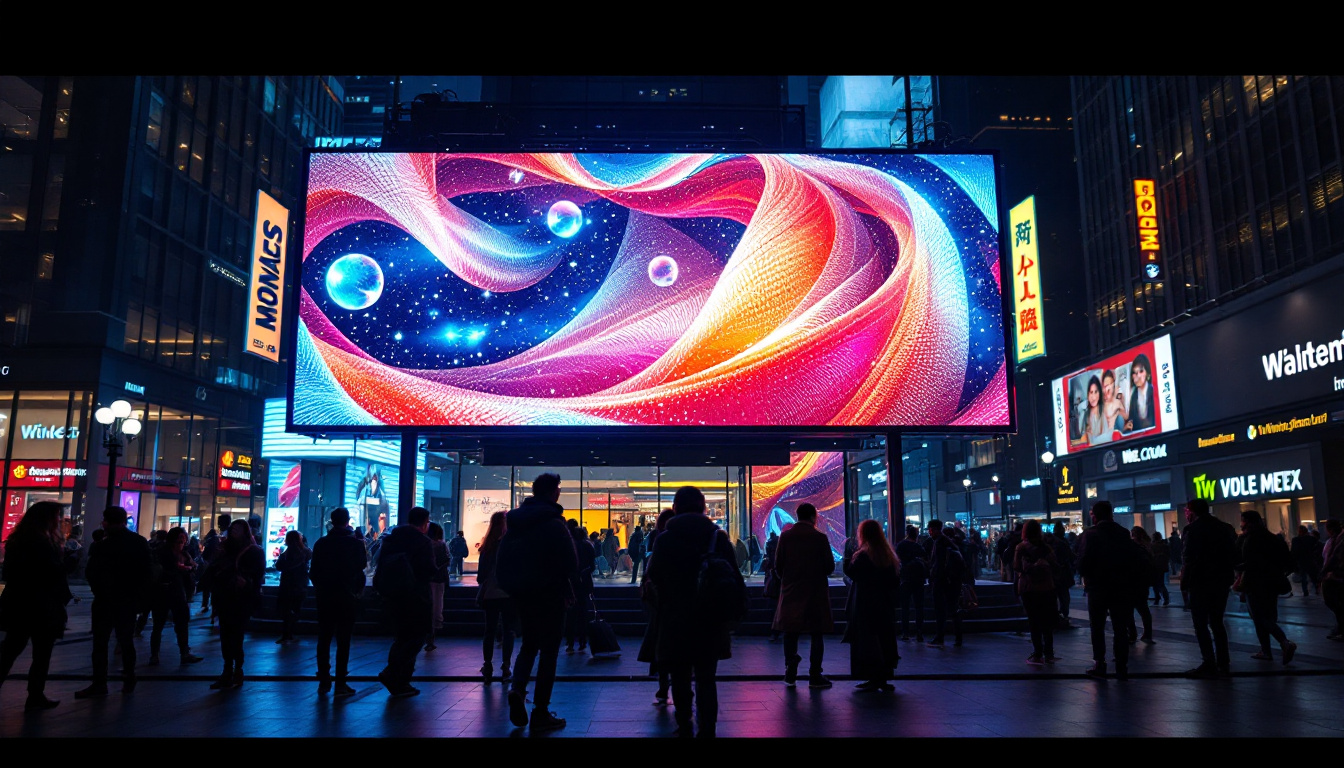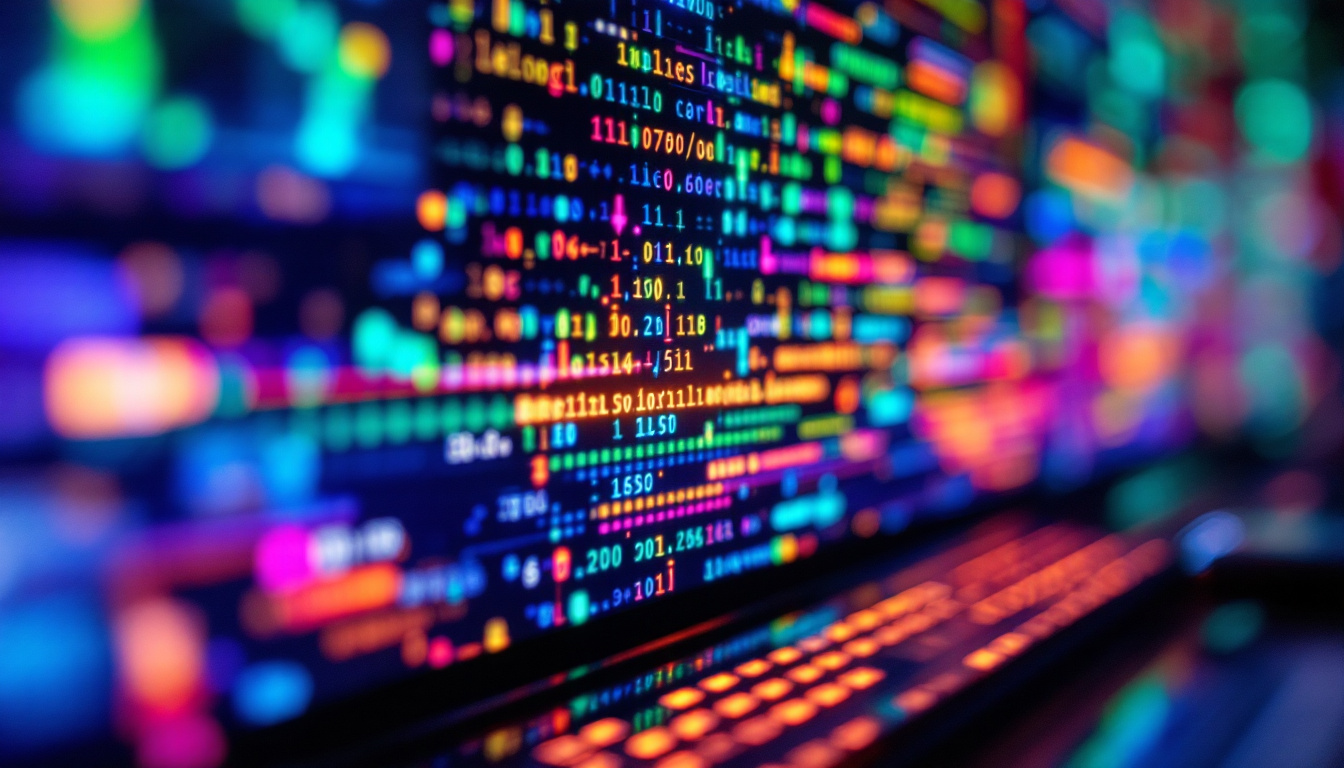In the age of digital technology, LED displays have become ubiquitous, found in everything from smartphones to massive billboards. Understanding what LED displays are, how they function, and their various applications can help consumers make informed decisions when choosing display technologies. This article delves into the intricacies of LED displays, exploring their components, benefits, and the future of this illuminating technology.
What is an LED Display?
LED stands for Light Emitting Diode, a semiconductor device that emits light when an electric current passes through it. An LED display utilizes these diodes to create images, videos, or text by illuminating pixels in various colors. The technology has evolved significantly since its inception, leading to a wide range of applications in both consumer and commercial sectors. From dynamic advertising in bustling city centers to the sleek screens of modern smartphones, LED displays have become integral to our daily lives, transforming how we interact with visual media.
Types of LED Displays
There are several types of LED displays, each tailored for specific uses. The most common types include:
- Direct View LED Displays: These displays consist of numerous tiny LEDs arranged in a grid, creating images directly visible to the viewer. They are often used in large outdoor screens and advertising billboards. Their ability to produce bright, vivid colors makes them ideal for capturing attention in high-traffic areas.
- LED Backlit Displays: These screens use LEDs to illuminate an LCD panel from behind. This technology is prevalent in televisions and computer monitors, providing enhanced brightness and contrast. The backlighting can be adjusted to improve energy efficiency and viewing comfort, especially in varying ambient light conditions.
- Organic LED (OLED) Displays: A more advanced form of LED technology, OLED displays utilize organic compounds to emit light. They offer superior color accuracy and flexibility, making them popular in high-end smartphones and televisions. The ability of OLEDs to achieve true black levels by turning off individual pixels contributes to their stunning image quality.
How LED Displays Work
At the core of an LED display is the light-emitting diode, which consists of a chip made from semiconductor materials. When an electric current passes through the diode, electrons recombine with holes in the semiconductor, releasing energy in the form of photons, which is perceived as light. By varying the current, different colors can be produced, allowing for the creation of vibrant images.
The arrangement of these diodes forms pixels, with each pixel typically made up of red, green, and blue (RGB) diodes. By adjusting the intensity of each color, a full spectrum of colors can be displayed, enabling the reproduction of complex images and videos. This pixel-based structure allows for high-resolution displays that can render intricate details, making them suitable for everything from digital art to live sports broadcasts.
Moreover, the technology behind LED displays is continually advancing, with innovations such as microLED and miniLED emerging on the horizon. MicroLED technology utilizes microscopic LEDs, offering even higher resolution and better energy efficiency, while miniLED enhances backlighting control in traditional LCD displays, improving contrast and color accuracy. These advancements promise to further elevate the visual experience, making LED displays an exciting area of ongoing development in the tech world.
Advantages of LED Displays
LED displays offer numerous benefits that make them a preferred choice for many applications. Some of the key advantages include:
Energy Efficiency
One of the most significant advantages of LED displays is their energy efficiency. Compared to traditional display technologies like incandescent bulbs or even older LCD screens, LED displays consume considerably less power. This energy efficiency not only reduces electricity bills but also contributes to a lower carbon footprint, making them an environmentally friendly option. In fact, many businesses are now opting for LED displays as part of their sustainability initiatives, recognizing that lower energy consumption translates to reduced greenhouse gas emissions. Additionally, the use of LED technology can qualify organizations for energy rebates and incentives, further enhancing the financial benefits of switching to these modern displays.
Brightness and Visibility
LED displays are known for their exceptional brightness, making them suitable for both indoor and outdoor environments. The high luminosity ensures that content is visible even in direct sunlight, which is crucial for outdoor advertising and public information displays. Additionally, LED technology allows for better contrast ratios, enhancing the overall image quality. This capability is particularly beneficial in environments where ambient light levels can fluctuate, such as shopping malls or stadiums, where clear visibility can significantly impact viewer engagement. Moreover, the versatility of LED displays allows for dynamic content changes, enabling advertisers to capture attention with vibrant colors and animations that stand out in any setting.
Longevity and Durability
LED displays boast a longer lifespan compared to traditional displays. With a typical operational life of 50,000 hours or more, they require less frequent replacements, which can be a significant cost-saving factor in the long run. Furthermore, LEDs are more durable and resistant to shock and vibration, making them ideal for use in various environments, including industrial settings. This durability extends to their performance in extreme weather conditions, where traditional displays might falter. For instance, LED displays can function effectively in both high heat and freezing temperatures, ensuring consistent performance year-round. Additionally, the technology behind LED displays minimizes the risk of burn-in, a common issue with older display technologies, allowing for a more reliable and consistent viewing experience over time.
Applications of LED Displays
The versatility of LED displays has led to their widespread adoption across various industries. Here are some notable applications:
Advertising and Marketing
One of the most prominent uses of LED displays is in advertising. Digital billboards and signage leverage the high visibility and dynamic content capabilities of LED technology to capture consumer attention. Advertisers can easily update content in real-time, allowing for targeted marketing campaigns and promotions. This adaptability not only maximizes engagement but also enables brands to tailor their messages based on time of day, local events, or even weather conditions. Moreover, the vibrant colors and high contrast ratios of LED displays ensure that advertisements stand out, making them an effective tool for driving foot traffic to retail locations.
Entertainment and Events
In the entertainment industry, LED displays are used extensively for concerts, festivals, and sporting events. Large-scale LED screens provide audiences with an immersive experience, displaying live feeds, graphics, and animations. The ability to create stunning visuals enhances the overall atmosphere of events, making them more memorable. Additionally, LED technology allows for the integration of interactive elements, such as audience participation through social media feeds or live polling, further engaging attendees. The flexibility of LED displays also means they can be configured in various shapes and sizes, from massive stadium screens to smaller installations at intimate venues, ensuring that every event can benefit from this dynamic visual medium.
Transportation and Public Information
LED displays play a crucial role in transportation systems, providing real-time information to commuters. Train stations, airports, and bus terminals use LED screens to display arrival and departure times, delays, and other essential updates. This not only improves communication but also enhances the overall efficiency of public transport systems. Furthermore, LED displays are increasingly being utilized in smart city initiatives, where they can provide information on traffic conditions, weather updates, and emergency alerts. The energy efficiency and longevity of LED technology also contribute to sustainability efforts in public infrastructure, reducing the need for frequent replacements and minimizing environmental impact.
Retail and Customer Engagement
In retail environments, LED displays are transforming the shopping experience by creating engaging and interactive environments. Retailers utilize LED screens for product promotions, in-store advertisements, and even as digital price tags that can be updated instantly. The captivating visuals can draw customers’ attention to specific products, enhancing the likelihood of impulse purchases. Additionally, some stores have begun to incorporate augmented reality features into their LED displays, allowing customers to visualize products in a more interactive manner. This innovative approach not only elevates the shopping experience but also fosters a deeper connection between the brand and its customers, ultimately driving sales and customer loyalty.
Challenges and Considerations
While LED displays offer numerous advantages, there are also challenges and considerations to keep in mind when implementing this technology.
Initial Costs
The initial investment for LED display technology can be higher than traditional display options. Although the long-term savings in energy and maintenance costs can offset this initial expense, budget constraints may deter some businesses from making the switch. Careful consideration of the return on investment is essential.
Heat Management
LEDs generate heat during operation, which can affect performance and longevity if not managed properly. Effective heat dissipation systems are crucial to ensure that LED displays operate efficiently and maintain optimal brightness over time. This may require additional engineering and design considerations during installation.
Environmental Impact
While LED technology is generally more environmentally friendly than traditional options, the production and disposal of LED displays can still pose environmental challenges. The use of certain materials in the manufacturing process and the need for proper recycling methods must be addressed to minimize the ecological footprint of LED technology.
The Future of LED Displays
The future of LED displays looks promising, with ongoing advancements in technology and applications. Emerging trends are set to redefine how LED displays are used across various sectors.
MicroLED Technology
MicroLED technology represents a significant leap forward in display capabilities. This innovation involves using microscopic LEDs to create individual pixels, resulting in displays with higher resolution, improved color accuracy, and greater flexibility in design. MicroLED displays are expected to revolutionize everything from televisions to wearable devices.
Flexible and Transparent Displays
As technology evolves, the demand for flexible and transparent displays is increasing. These displays can be integrated into a variety of surfaces, including windows and curved structures, offering new possibilities for advertising and design. This versatility allows for creative applications that were previously unimaginable.
Smart Integration
With the rise of the Internet of Things (IoT), LED displays are becoming smarter and more integrated into connected systems. Future displays may incorporate sensors and connectivity features, enabling them to interact with users and other devices in real-time. This could lead to more personalized experiences in advertising, entertainment, and information dissemination.
Conclusion
LED displays have transformed the way information is communicated, offering vibrant colors, energy efficiency, and versatility across various applications. As technology continues to advance, the potential for LED displays is limitless. From advertising to public information systems, the impact of LED technology is profound and will only grow in importance in the coming years. Understanding the intricacies of LED displays empowers consumers and businesses alike to make informed decisions about their display needs, paving the way for a brighter, more connected future.
Discover LumenMatrix LED Display Solutions
Ready to elevate your visual communication with the latest in LED display technology? Look no further than LumenMatrix, a pioneer in crafting exceptional LED display modules designed to boost brand visibility and captivate audiences. Whether you’re interested in Indoor LED Wall Displays, Outdoor LED Wall Displays, or specialized solutions like Vehicle LED Displays, LED Sports Displays, and Custom LED Displays, LumenMatrix has you covered. Embrace the future of digital signage and create unforgettable visual experiences with our comprehensive range of products. Check out LumenMatrix LED Display Solutions today and transform your space into a dynamic canvas.

